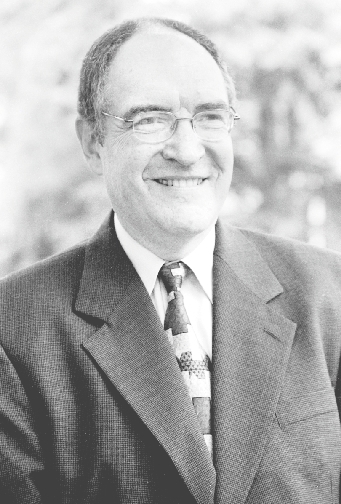More classroom time? Not so fast
Second of two parts.
In last week's column, I made the case for more time in the classroom. Based on the research, eight powerful arguments were presented for adding more instructional time. The case for maintaining the status quo, however, is just as compelling.
First, more is not necessarily better, especially at a time when districts are seeking to cut costs. Increased classroom time would equate to more dollars spent on salaries, school maintenance and utility bills. In most cases, air-conditioning would have to be installed and run. That alone would add significantly to the cost of educating our children.
Second, if students were in school for additional time, they would lose out on other opportunities. One of the cases for lengthening the school day and extending the school year was the fact that, in most parts of the country, we are no longer an agricultural society- which was the basis of the current school calendar. But many students still need to work during the summer and/or after school. For others, it is a time for volunteerism, internships and shadowing experiences. For still others, it is a time for social development and maturation at recreational and camp activities. And for others, it is a time to be with family. Many of these opportunities would be lost if the school calendar started to encroach on vacation times.
Third, many students find the current school schedule exhausting as it is. Just look at the dropout rate. Why would we want to add more time when many students cannot function with the existing schedule? Before students drop out, they often burn out. Childhood is meant for play- for making friends and spending time with family. If anything, some critics say, we need more of this- not less.
Fourth, several of the arguments for more classroom time rest on the assumption that all students are college-bound. In fact, many do not need more time, but rather more out-of-school, job-related experiences.
Fifth, even among the academically minded, many are doing just fine with the time they have and do not need additional minutes. If there is to be more classroom time, it doesn't have to be for everyone, but rather just for those identified as lagging behind. This, in turn, might be an incentive for some students to work harder and stay on task, so they are not required to sacrifice vacation time.
Sixth, critics maintain that before embarking on such a revolutionary (and expensive program), educational leaders must be absolutely sure that the achievement gains to be accrued would justify the costs. Pilot programs where classroom time has been extended are not clear-cut. Some report moderate gains in student achievement, while others indicate little change.
Seventh, it is argued that improved achievement is more a function of quality rather than quantity. Effort should go into making better use of the time spent in school before shoving more minutes into the school day and more weeks into the school year. Some studies show that students are on task far too little in school. Emphasis should be spent on restructuring the existing school day, rather than on lengthening it. Educators should instead focus on the delivery of existing instructional time. Restructure the school day, provide more in-service training for teachers and figure out which strategies work best, while eliminating the time-wasters.
Eighth, some question how additional minutes would be used. More time for what some deem to be wasteful preparation for standardized tests? More time for students to start their homework in school? More time to retrain teachers?
Ninth would be the long-range byproducts of curtailing student vacation time. Although not as potent an argument, it must be realized that cutting into the hotel, vacation and summer camp industries, there would be a significant effect on the economy, not only in these areas, but also in others through a domino effect.
Dr. Steven Kussin of Merrick, a high school principal for 21 years, is an adjunct professor at Hofstra University and an educational consultant for school districts around the country. His guidebook for administrators was published by Corwin Press. Contact him at stevekussin@aol.com.
(c) Dr. Steven S. Kussin, 2009






